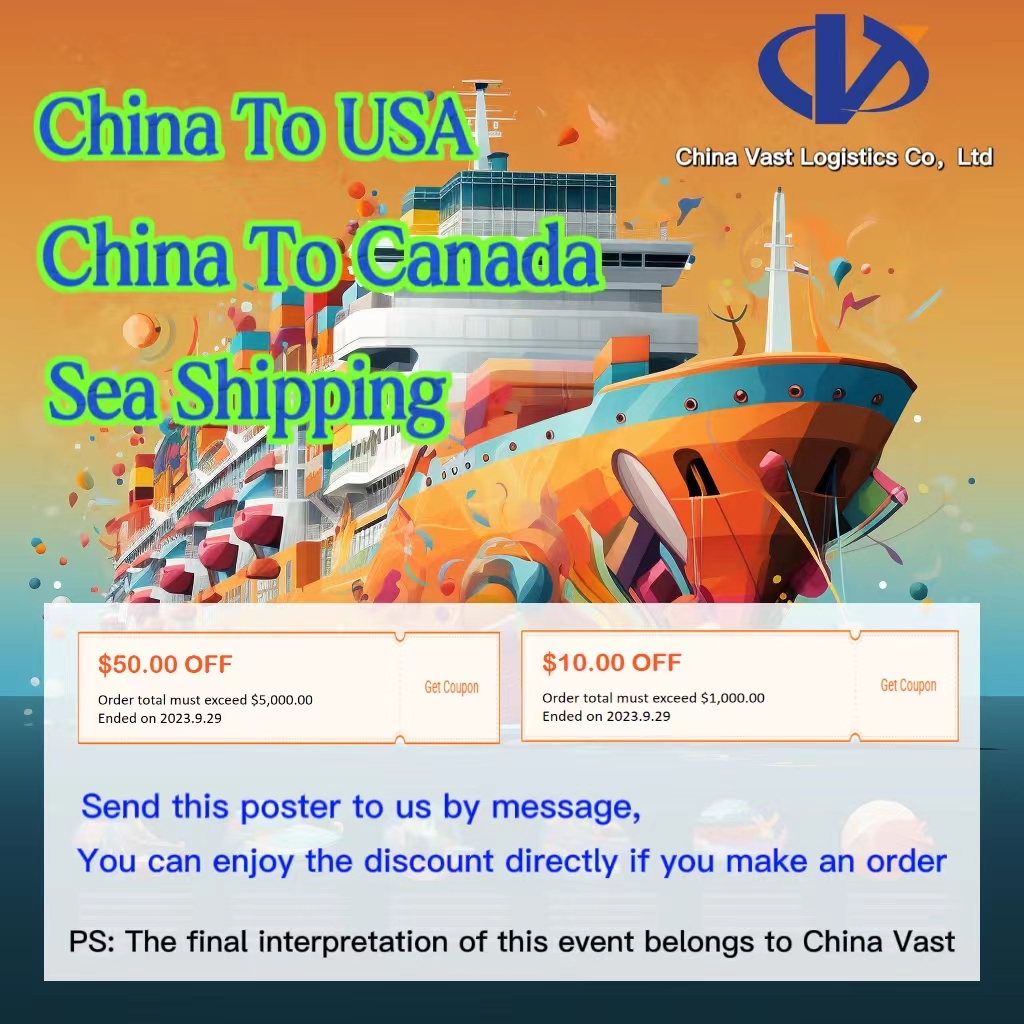Ro-Ro container ships—also known as Roll-on/Roll-off container vessels—are specialized ships designed for loading and unloading wheeled cargo such as semi-trailers or roll trailers. These vessels use a hinged stern ramp connecting directly to the terminal, enabling tractors or trailers to roll cargo on and off efficiently without reliance on port cranes.
What Is a Ro-Ro Container Ship?
A Ro-Ro container ship features:
Multi-layer flat decks
No transverse bulkheads
Internal ramps or elevators that connect each deck
Support for containers, vehicles, heavy cargo, and oversized units
This design allows for rapid, rolling-type loading operations, making Ro-Ro vessels suitable for short-sea or regional water–land intermodal transport.
Despite their strong versatility and fast loading performance, Ro-Ro ships have relatively low cargo-space utilization—typically only 30–40%—due to the inability to stack containers. Ramp operations are also affected by tidal variations, requiring large-capacity ballast tanks to maintain stability.
Because of these limitations, plus higher building costs, Ro-Ro container ships are mainly used as a supplement to fully cellular container ships rather than a mainstream replacement.
Transport Characteristics of Ro-Ro Ships
Ro-Ro vessels are multi-purpose ships capable of carrying:
Containers
Vehicles
Heavy and oversized cargo
Breakbulk and project cargo
Their advantages include:
Strong cargo flexibility
High loading/unloading efficiency
Reduced dependence on port handling equipment due to trailer-based cargo movement
However, the unique operational and structural requirements also introduce several limitations not present in conventional containerships.
Why Ro-Ro Container Ships Are Not Widely Adopted
Decades of operational experience have shown that despite their flexibility, Ro-Ro container ships face significant constraints. As a result, they remain a supplementary option even for developing countries that can otherwise adopt fully cellular container ships.
1. Ramp Slope Limitations
Ro-Ro vessels rely entirely on stern ramps for loading.
However, if the ramp slope is too steep, tractors cannot safely move loaded trailers up or down.
The maximum workable ramp slope for a fully loaded container trailer is about 8°.
In ports with large tidal variations, work must wait for favorable tides.
Extending the ramp reduces slope but significantly increases shipbuilding cost.
2. Low Cargo-Space Utilization (30–40%)
Ro-Ro vessels load containers on trailers and roll them into the deck—
but containers cannot be stacked like on conventional containerships.
This results in:
Only one layer of containers per deck
Very low stowage efficiency
High transportation cost per unit of cargo
Such low utilization severely limits economic competitiveness.
3. High Construction Cost
Ro-Ro ships require:
Complex internal ramp systems
Reinforced decks
Specialized loading equipment
Additional stability and ballast systems
Cost comparisons show:
Imported Ro-Ro ship: USD 1,917 per DWT
Fully cellular container ship (same period): USD 807 per DWT
Standard multipurpose vessel: USD 585–610 per DWT
This makes Ro-Ro transportation substantially more expensive, limiting widespread adoption.
Summary
Ro-Ro container ships provide:
✔ High loading efficiency
✔ Strong cargo flexibility
✔ Reduced dependence on terminal cranes
But they also suffer from:
✘ Low cargo-space utilization
✘ High construction and operating costs
✘ Ramp slope constraints in tidal ports
Therefore, Ro-Ro container ships continue to serve mainly in short-sea routes, supplementary roles, or specialized cargo operations, rather than replacing fully cellular container vessels in mainstream container shipping.


